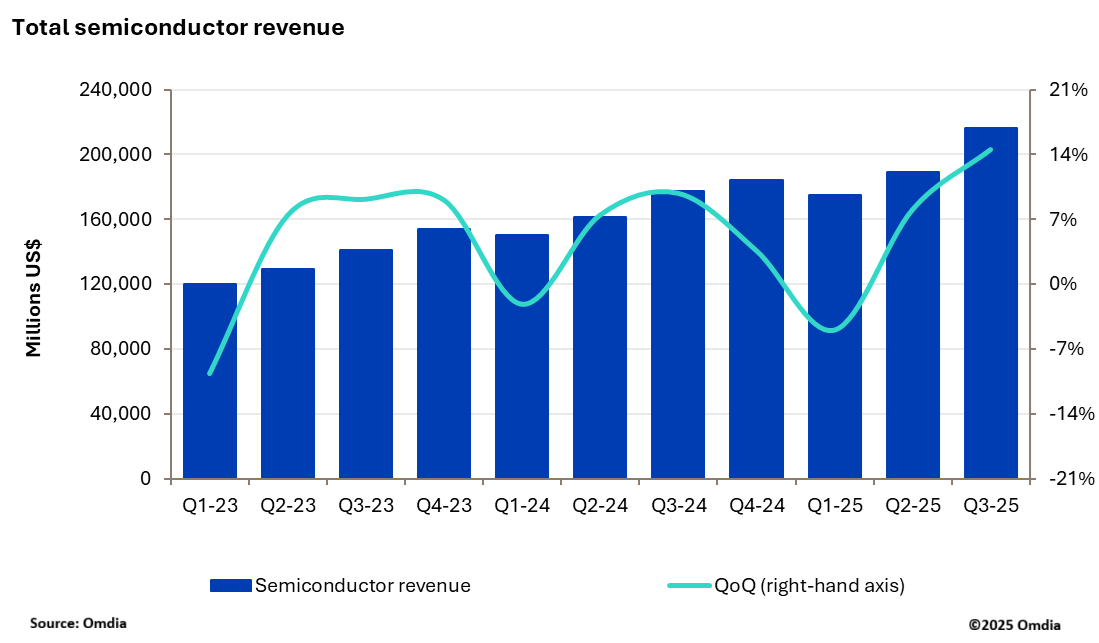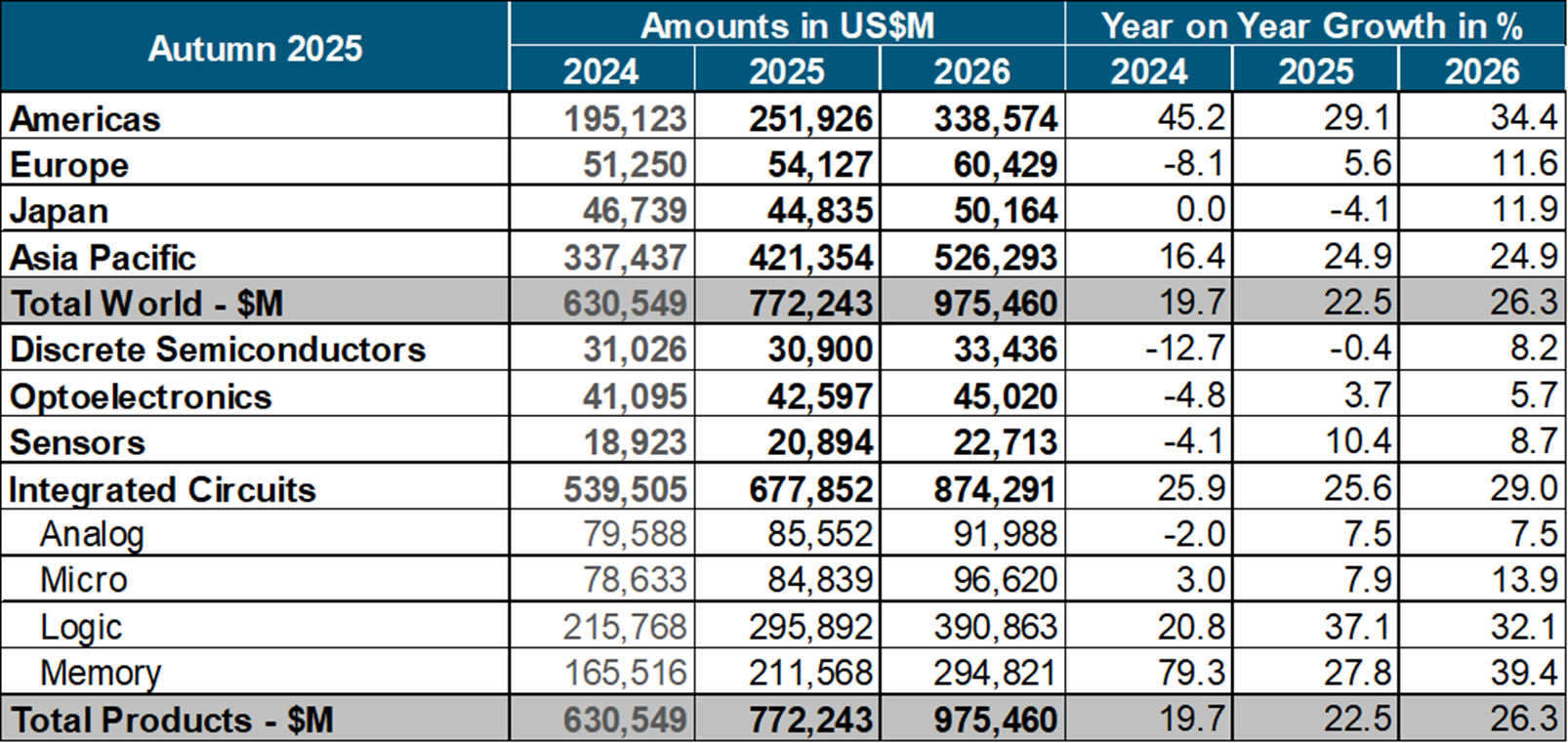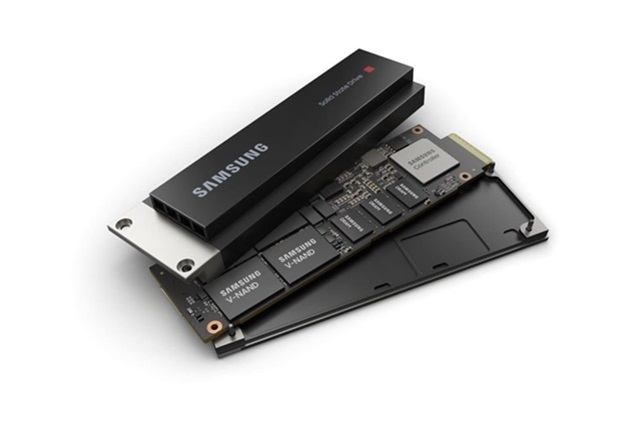As the global memory shortage intensifies, Innodisk chairman Randy Chien stated that the trend for 2026 will be simultaneous shortages in DRAM and NAND Flash, while edge AI applications take off. With AI-related products accounting for 25% of Innodisk's revenue in 2025, the company expects to increase the share to 30% in 2026. DDR4 will remain a key product for industrial applications over the next two to three years.
Revenue growth driven by DRAM surge
In the first ten months of 2025, Innodisk's revenue reached NT$10.85 billion (US$345.1 million), an annual increase of 45.9%. According to Chien, Flash previously accounted for a larger proportion than DRAM, but beginning in the second quarter, DRAM shortages and price hikes accelerated, pushing DRAM's share to 52% and surpassing Flash at 41%. By the third quarter, DRAM jumped to 58%, exceeding NAND Flash at 34%.
Flash prices also began rising in the fourth quarter, following a pattern similar to DRAM's surge two quarters earlier. The company expects the two categories to reach comparable proportions in 2026. AI system solutions, which are high-growth products outperforming the average, now account for 6% of revenue.
DDR4 remains essential despite DDR5 migration
About 70% of DRAM revenue in 2025 still comes from DDR4, but DDR4 and DDR5 are expected to reach a 50/50 split in 2026. Although some customers are migrating to DDR5 and driving demand upward, DDR5 shortages are currently extremely severe.
DDR4 is expected to remain a key product in the industrial-control product cycle over the next two to three years. Industrial PCs (IPC) and networking applications are still difficult to transition quickly, while cloud service providers (CSPs) and network switches continue to use DDR4, undeniably making it an essential component in AI servers. Although prices have already risen sharply, Chien believes prices will plateau. Even if future increases are not as dramatic as before, prices will remain at elevated levels rather than decline significantly. While Innodisk's inventory is still mainly DDR4, the company is also increasing DDR5 inventory to meet 2026 growth demand.
Customers prioritize supply security
From Chien's perspective, the memory issue is no longer about price, but about allocation. Customers are no longer focused on price; rather, they care about whether they can secure the goods. Demand is currently multiple times higher than supply, so Innodisk's strategy is to ensure uninterrupted production for its long-term partners.
This memory shortage is different from past shortages that occurred every two to three years and only lasted one to two quarters. This time, the issue is driven by structural AI demand rather than a short-term price spike. As AI becomes a national-level resource, memory is also elevated to a strategic material, with countries securing supply regardless of cost.
AI workloads drive SSD capacity needs
AI inference requires exponentially larger SSD capacities, jumping from 256/512GB to 64TB/128TB yet still falling short. Demand far exceeds the pace of capacity expansion, clearly creating a supply gap.
By focusing on industrial and AI customers, Innodisk benefits from favorable allocation priority from upstream suppliers. As AI deployment in industry accelerates in edge AI, robotics, and smart vehicles, several design projects are advancing, and the related product lines are expected to continue growing into 2026.
Stay up to date with the latest in industry offers by subscribing us. Our newsletter is your key to receiving expert tips.

New research from Omdia shows that the semiconductor market delivered a record breaking performance in 3Q25 with industry revenue reaching $216.3bn, up 14.5% quarter-over-quarter (QoQ). This marks the

The World Semiconductor Trade Statistics (WSTS) organization has released its Autumn 2025 forecast, raised the 2025 growth outlook and confirmed strong continued momentum for the global semiconductor

PC manufacturers are planning significant price increases on 2026 models as an acute shortage of conventional memory chips, driven by soaring demand for artificial intelligence hardware, tightens supp